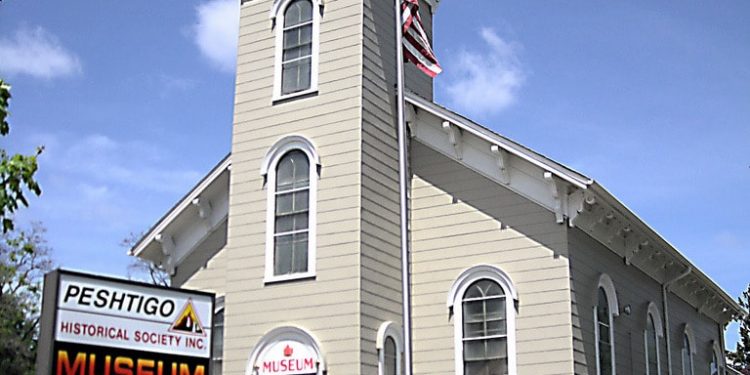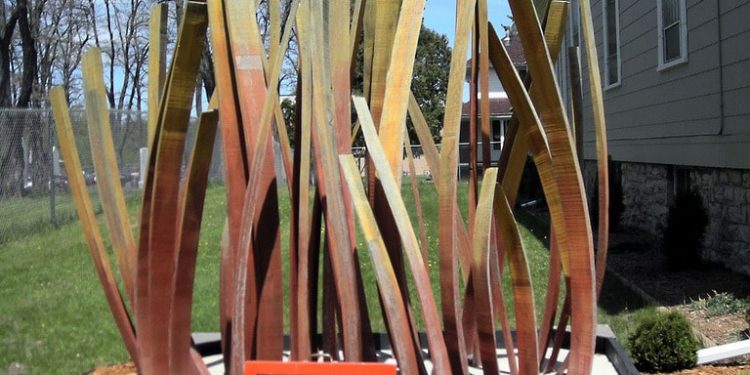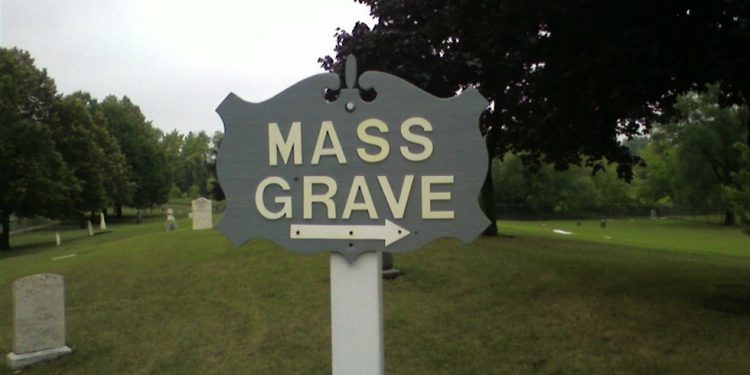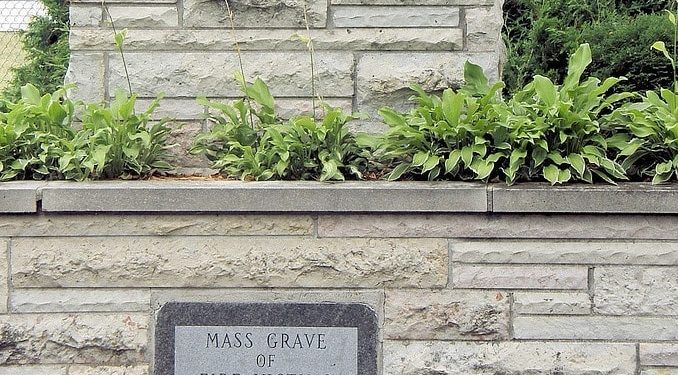October 8, 2019 will the 148th anniversary of the Great Chicago Fire. You might know the story of a cow wrongly accused of burning down the second city’s entire commercial district which resulted in 300 deaths; 100,000 people homeless; 17,500 buildings destroyed; and $222 million in damages (more than $4 billion in today’s dollars). But what’s not so well known is that same hot, dry, and windy autumn day, three other major fires occurred along the shores of Lake Michigan, one being the Peshtigo Fire, considered to be the deadliest fire in American history. A firestorm consumed the town of Peshtigo, Wisconsin, along with a dozen other villages, killing 1,200 to 2,500 people and burning about 1.5 million acres, an area twice the size of Rhode Island.
The remoteness of the region (it was literally located in the middle of a forest, which might explain why it spread so quickly) and the fact that one of the first things that burned were the telegraph lines to Green Bay meant the story was largely forgotten, even in its own time. Today the event lives on at the Peshtigo Fire Museum, which has a small collection of charred artifacts from the fire, first-person descriptions of the event, period photos and newspaper clippings, as well as a painted triptych providing before-during-after views of the town. There is also a graveyard dedicated to the tragedy, including a mass grave of 350 unidentified victims. A memorial commemorating the fire was dedicated only three years ago.



















